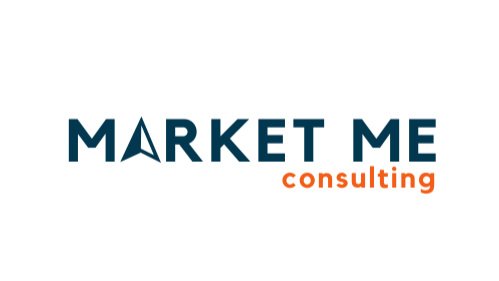Top Communication Strategies for Nonprofits
7 Strategies Nonprofits Can Use to Improve Their Communications
In an increasingly digital world, nonprofits and other social impact organizations, like government agencies, must ensure their services are easy to find, understand, and access for their audiences. Clear communication fosters trust, reduces confusion, and enhances the public's experience with government and nonprofit programs. However, communicating effectively in today’s fast-paced, information-saturated environment can be challenging. In this blog, we’ll explore key strategies that government agencies and nonprofits can use to improve the clarity of their communication and ensure that the public fully understands the services available to them.
1. Simplify the Language
Nonprofit services can often be complex, but your communication doesn’t have to be. One of the most common barriers to understanding nonprofit programs is the use of technical jargon or bureaucratic language. Instead, aim to simplify your messaging with plain language. When describing services, use straightforward, concise terms that the average person can easily grasp.
Pro tip: Use online readability tools to test your content and ensure it’s accessible to a wide range of literacy levels.
2. Leverage Endorsements From Influencers
People increasingly rely on digital platforms to gather information, which presents a prime opportunity for government agencies and nonprofits to meet them where they are. Websites, social media, and email newsletters are powerful tools to communicate your services directly to the public. Ensure that your website is easy to navigate, mobile-friendly, and offers clear, step-by-step guidance on how to access your services. Social media platforms allow for timely updates and two-way communication, which helps foster trust and engagement.
Pro tip: Post regularly and consistently on social media, using a mix of educational posts, service announcements, and FAQs to keep your audience informed.
3. Utilize Visual Content
Visual content, including infographics, videos, and interactive tools, can significantly enhance the public’s understanding of your services. Infographics simplify complex information and make it digestible, while videos can offer step-by-step tutorials or explain how to apply for services. These formats can also break language barriers, as they are often easier to understand than long-form text.
Pro tip: Create short explainer videos for commonly misunderstood services or processes, and embed them on your website or share them on social media.
4. Focus on Transparency
Transparency builds trust. Nonprofits should communicate the services they offer and how these services are funded, who is eligible, and how long processes typically take. Providing constituents with realistic timelines and expectations helps to reduce frustration and confusion. When issues arise, be forthcoming with information and provide regular updates to inform the public.
Pro tip: Include a "Frequently Asked Questions" (FAQ) section on your website that addresses common concerns about services and processes.
5. Segment Your Audience
Not every service is relevant to every constituent. Tailor your communication to specific groups to avoid overwhelming your audience with unnecessary information. By segmenting your communication based on geography, demographics, or service eligibility, you can ensure that the right people get the right information. Email newsletters, for example, can be customized based on users' interests and needs, ensuring relevant and targeted communication.
Pro tip: Use data analytics tools to track constituent engagement and tailor future communication based on what resonates most with different groups.
6. Partner with Local Organizations
Community organizations and local influencers can help extend the reach of your messaging, particularly to underserved or hard-to-reach populations. Collaborating with these groups allows you to tap into established community networks and trusted channels of communication.
Pro tip: Provide easy-to-share materials and resources, such as social media toolkits or flyers, to your partner organizations to ensure consistent and accurate messaging.
7. Solicit Feedback and Adjust
Communication is a two-way street. It’s essential to regularly seek feedback from your audiences about how easy it is to understand and access your services. This can be done through surveys, social media polls, or public forums. Use this feedback to improve your communication strategies continually.
Pro tip: Encourage constituents to provide feedback directly on your website or social media channels and make it easy for them to do so.
Conclusion:
For nonprofits, communicating services clearly and effectively is crucial to serving the public. By simplifying language, utilizing digital tools, offering transparency, and tailoring messages to specific audiences, nonprofits can ensure that their constituents clearly understand the services available to them. At Market Me Consulting, we specialize in helping government agencies and nonprofits develop and execute communication and marketing strategies that resonate with their audiences. Let us help you build trust and engagement through clear, impactful communication.
Download our social media guide for best practices to help your nonprofit raise its brand awareness, increase engagement, and connect with your audiences. Check out our other blog articles for marketing and fundraising best practices and tips.
Contact us today to learn how we can support your government agency's or nonprofit’s communication and marketing efforts!
